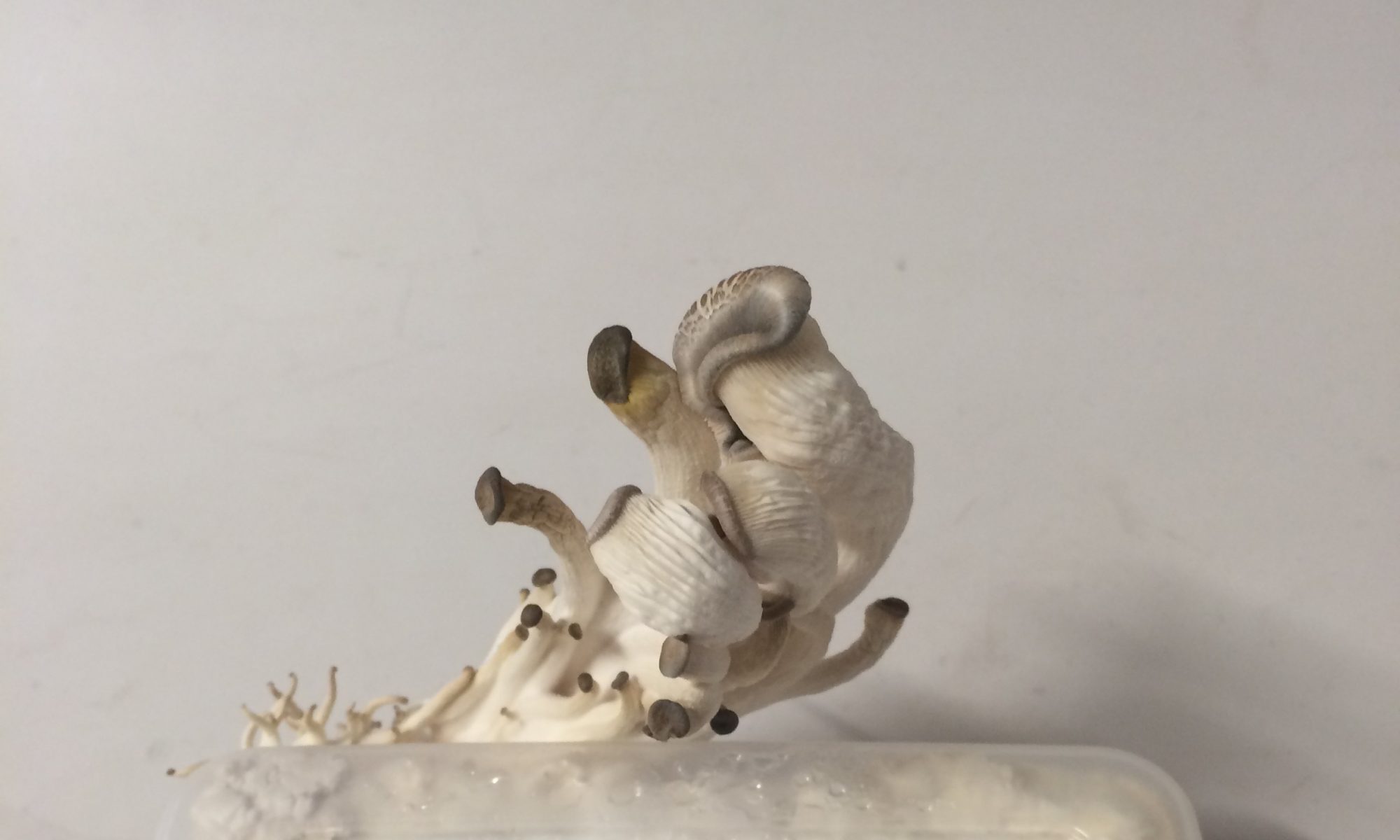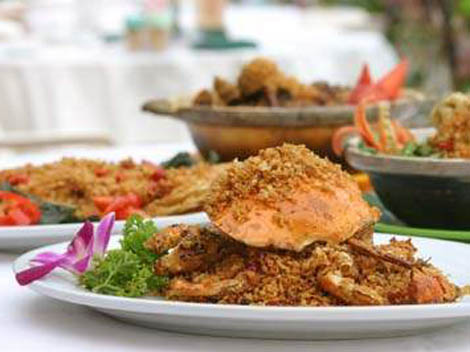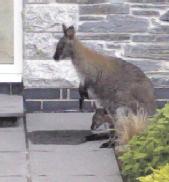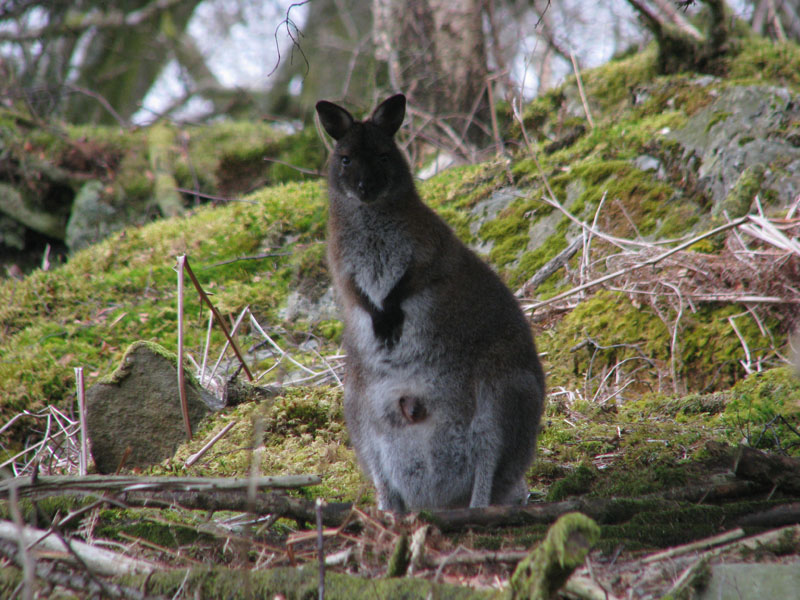There aren’t many sites in defense of the grey squirrel. Here’s one written in the first person, with some good arguments on defining “nativeness:”
http://www.grey-squirrel.org.uk/
“NATIVE BY BIRTH – CONDEMNED BY ORIGIN”
Key points at a glance
1. “Nativeness” is based on political boundaries rather than sensible concepts of the range of a species, or the birthplace of individuals
2. Evidence to support the “nativeness” of red squirrels in the north of the UK is extremely low
3. Humans are part of the environment, and therefore as legitimate a means of transporting species as any other natural means
4. Most Red Squirrels currently in the UK are also “aliens” by conservationists criteria. They were imported from Scandinavia to replenish numbers.
…and if you’re feeling feisty (and up for a clubbing yourself) you can buy one of their advocacy brollies in Professor Acorn’s shop. Between fights, your head’ll be protected from the shit of the songbirds that the greys might’ve missed.








